Miscuts And Crimps: Another Brief Guide To Factory Errors in Magic: the Gathering
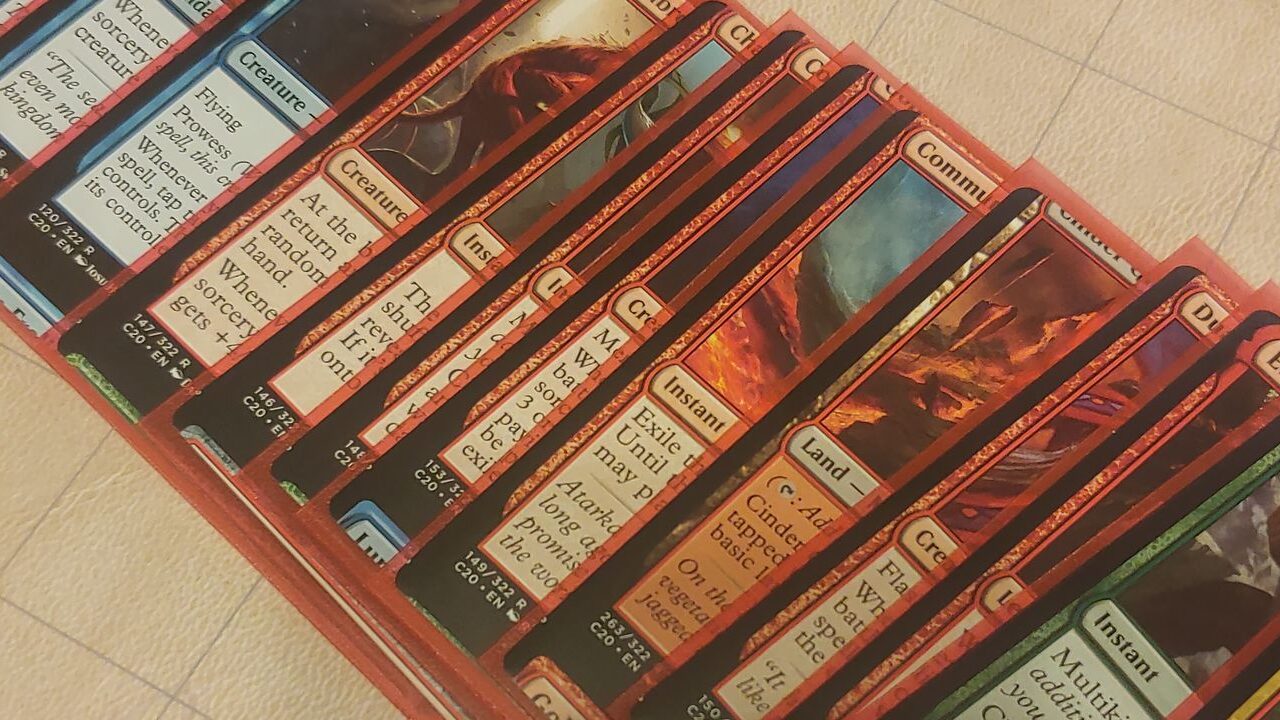
Welcome to yet another abridged guide on factory-error Magic: The Gathering cards! We recently discussed a few misprinted cards you might find in Magic products here on CardSphere. In that article, we covered splotched ink errors, double-printing, and even mis-stamped cards. In this one, we'll be talking about miscuts of many kinds. Let's get into it!
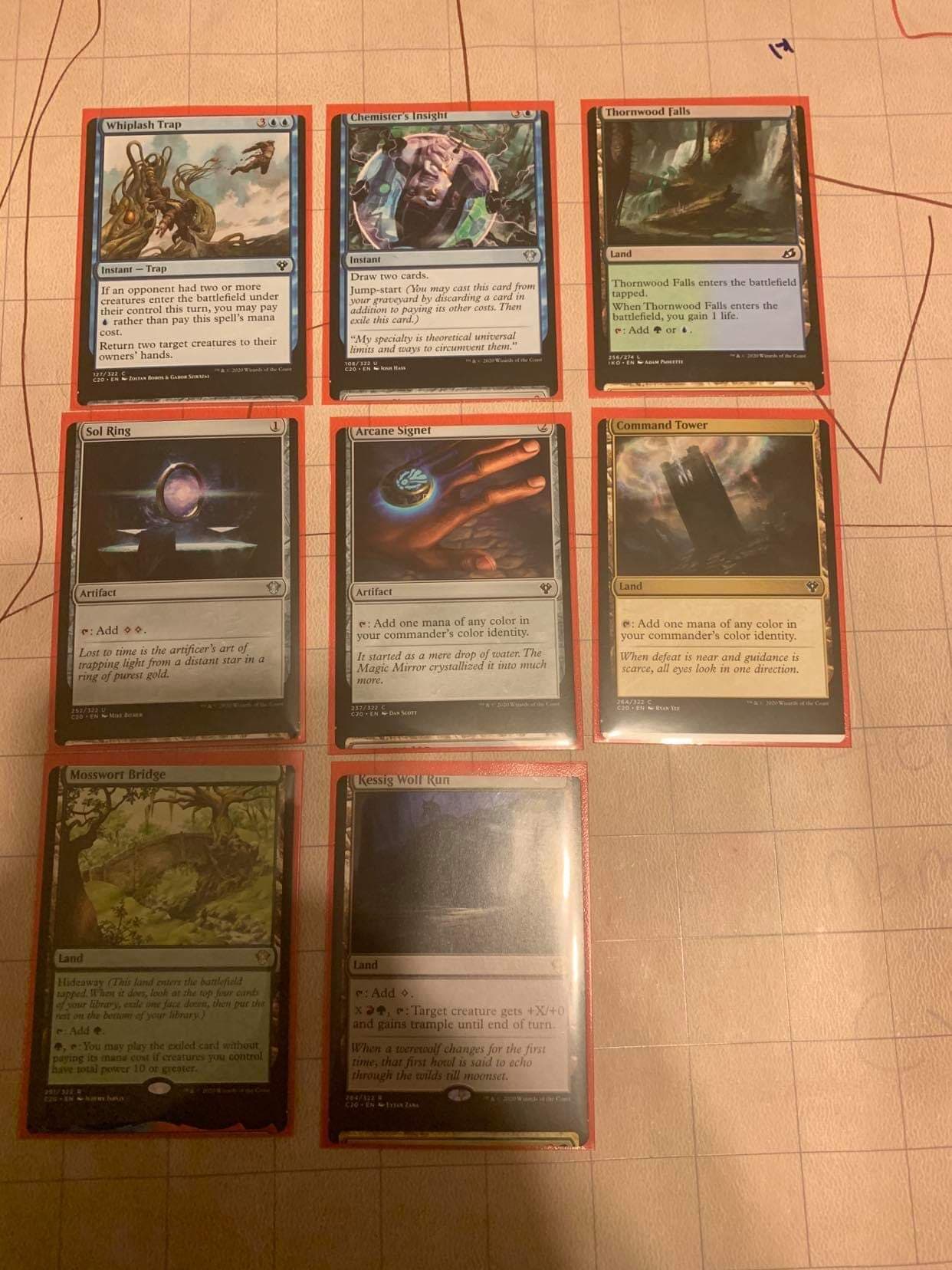
Miscuts
Miscuts are a fact of life in any industry that deals with paper, cardboard, or, quite frankly, anything with a pattern. Even ceramic tiling has this issue, so it's no surprise that Magic has it as well. A miscut in this game is defined pretty clearly as any card that has been cut in a way contrary to its intention. This could include offset issues, like the Arcane Maelstrom deck images shown above, non-factory cut sheets, or even cards with unrounded corners or those crimped in the packaging. Depending on the severity of the miscut, cards cut improperly can fetch a hefty sum on the misprint market.
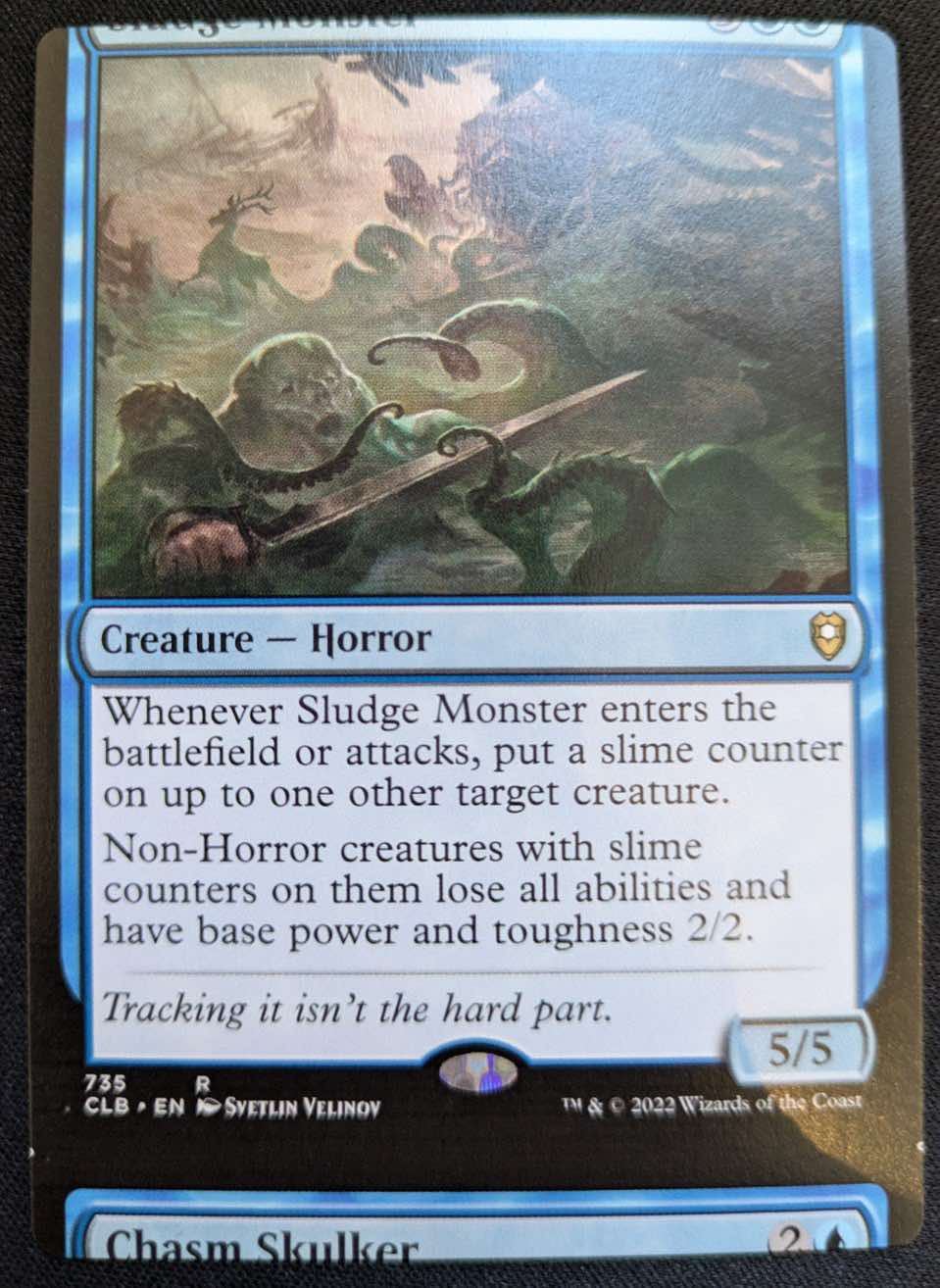
Non-Factory Cuts
When full sheets of Magic cards are released to the public, be it intentionally or not, there are often people seeking to capitalize on them. Some people will sell full sheets as a novelty, but many others will aim to cut cards from these sheets to sell them piecemeal. As a consequence, occasionally sheets are cut improperly with their cards sold as "non-factory cut," or NFC, colloquially. NFCs are not produced by Wizards of the Coast, and often people can tell by the cut of the corners on these cards.
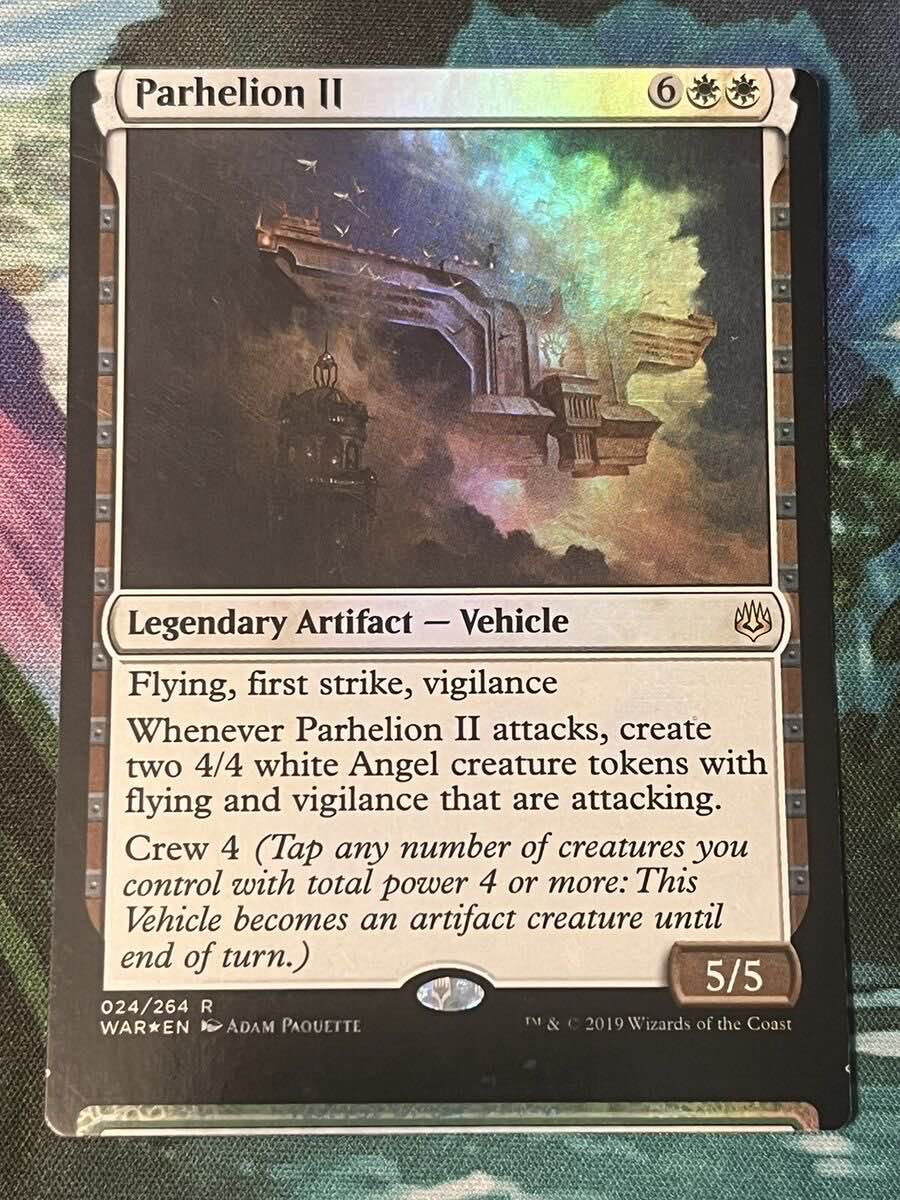
Square Corner Miscuts
Another example of a miscut is any card with improperly cut corners, such that the cut isn't even there. Normally, cards are cut to have rounded corners, in such a way that suggests what is known as an "R4 cut." However, these cards appear to have non-rounded corners overall. These can fetch a nice premium if sold to the right collectors.

Crimps
The next thing we'll talk about is crimped cards. These arise from being pressurized in the packaging process. As a result of a card potentially shifting in the packaging before the pack is sealed, this can generate a crimped card.
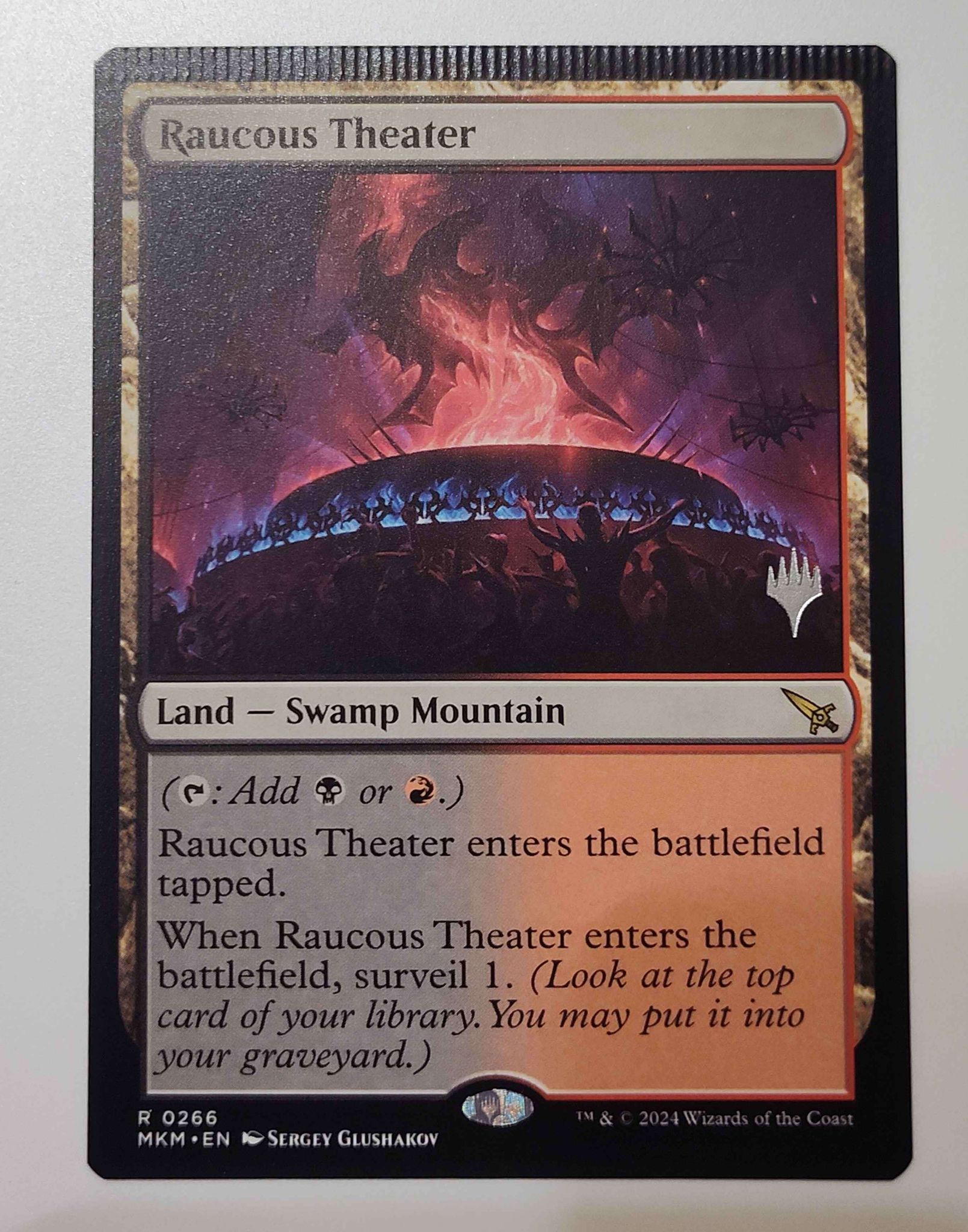
A Full Crimp Is Hard To Find
At times, a card will displace itself so hard from its place in a yet-unsealed booster pack that, when it comes time for that pack to be sealed and cut, it will be crimped in its middle. Some of these crimped cards even get sliced alongside the packaging of the booster, forming an oftentimes clean line straight through the card, severing it in two. Generally, these full crimps are going to fetch even more financial leverage than those crimped on their edges. This is even more true if both halves of a full crimp are recovered and preserved. However, chances of finding this are quite rare; not only for encountering a full crimp, but also for securing both halves.
A PSA On Confirmation Bias
While we were showcasing all of these really nifty miscuts and misprinted cards, something important dawned on us. In this day and age, it seems like more and more of these factory error cards are cropping up with greater frequency than ever before. Suffice it to say, this couldn't be farther from the truth. Logically speaking, Wizards of the Coast wants to produce high-quality cards for consumers. As such, quality control for cards is improving and heightening with each financial quarter.
This is a case of "confirmation bias." When someone goes searching for something specific, such as a group of misprint aficionados on Facebook or Reddit, they'll find a collective of many people reporting a mass of these misprints. This happens because that person searched, not because they're more common. However, oftentimes people will conflate the reality of their confirmation bias with a fallacy suggesting the inverse. It's just food for thought, of course.
A Cut of the Intel
But now, we'd like to hear from you. Have you ever pulled a miscut card from a pack of Magic cards? Do you collect miscuts or crimps? How much are you willing to pay for the premiums of such anomalous cards? Sound off below!
